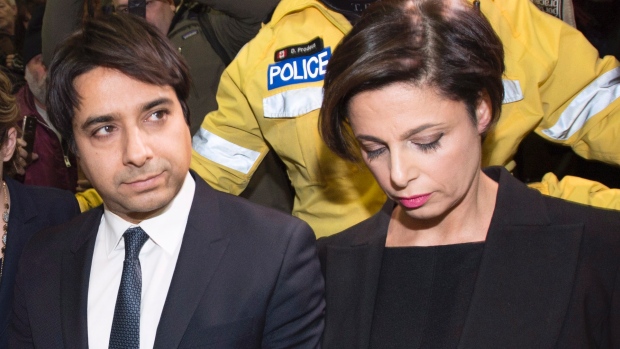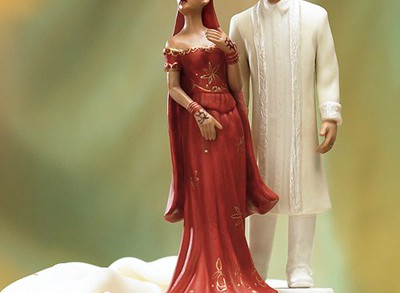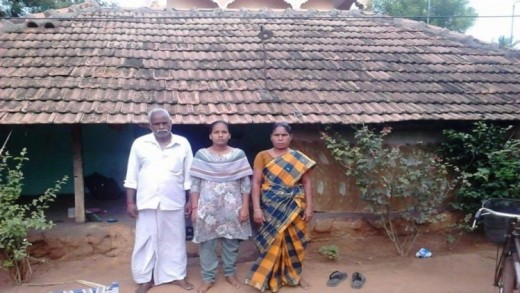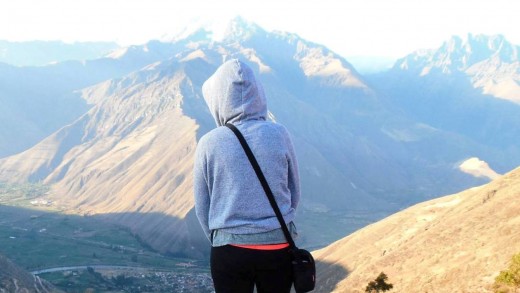TW: Rape, violence, sexual assault.
In following Jian Ghomeshi’s case, the case brought on Mustafa by Mandi Grey and the case against Amitabh Chauhan by a former medical student, there is a pattern that’s hard to miss: all of the males are visible minorities and all of their accusers are white females. It is a connection that the media seems not to touch upon.
In each case, we are reminded that the women victims are “smart, beautiful, well-educated, wealthy” and other flattering adjectives. Meanwhile, the accomplishments of the accused minority men, in a system set up to serve the white majority, are glossed over.
As a coloured female reading the details more closely, beyond the opinion pieces set forth by The Toronto Star and other such news mediums, I wonder at the logic and fairness. I wonder at times if I am reading a modern day Rama, Sita and Ravana story, where the narrative of the poor helpless white woman at the hands of her dark abuser just seems to resonate too well with the public, and reminds me once again that it is a tough world for minorities.
As a follow up, I Google searched Dr. Martin Sazant, a white medical doctor accused of sexual impropriety with four boys. Dr. Sazant was found guilty by the College of Physicians and Surgeons and had his license revoked in 2009. My Google search produced just two articles on the first page relating to that case. I then searched Jian Ghomeshi and you can imagine the discrepancy.
Most of you will declare that it’s not the same and that’s where I will agree – it’s not the same. Jian was a celebrity. Yet when I searched Dr. Amitabh Chauhan, a non-celebrity, it also produced pages and pages of news articles.
I then thought back to how I reacted when the allegations against Ghomeshi surfaced, and how outraged I was by his abuse of power against these women. As the trial began, I stayed glued to the witness statements, expecting evidence and statements that would validate my outrage.
Instead, I watched as Ghomeshi’s lawyer Marie Heinen’s ripped the accuser’s credibility to shreds. One accuser’s statement that she used a sexy picture to “bait” Ghomeshi drove the message home – that white privilege exists, it exists in the system and it exists in the media.
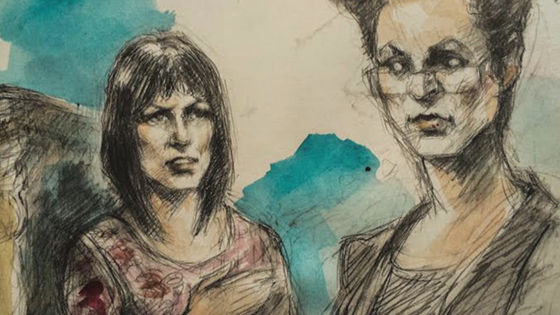
Ask yourself – if you as a minority woman stepped forward and declared abuse by a powerful wealthy white male, would the opinions be 95% pro you and 5% skeptical (which is my estimate of the Jian Ghomeshi split)? Or would they be a 50-50 split, with you the minority female being dissected to bits based on your appearance, your worth and even your grammar? With people either sympathizing with you or questioning if the male would have been stupid enough to risk so much for so little (the so little being you of course)?
Don’t get me wrong. I think that a 50-50 split is what I would prefer. I think it’s what we as a society should aim for – a sense of doubt. It is up to the system to differentiate the guilty from the innocent, without the media dragging them through the mud. To let facts fall like pebbles on the balance scale and tilt it to the side of the truth.
I am not sympathizing with these men or women until I hear all the facts. I am sorry but I believe that statement makes me more feminist than anything else I could say. I am observing these cases neutrally and have arrived at the following – that that if you are from a minority population and accused of a sexual crime (one you may or may not be guilty of), it sticks with you beyond your verdict.
So perhaps seeing how these cases seem to be unfolding in the media these days, we should establish a publication ban on the accused as well – at least until they are proven guilty.
The views expressed in this article are those of the author and do not necessarily reflect TamilCulture’s editorial policy.

 Guest Contributor
Guest Contributor